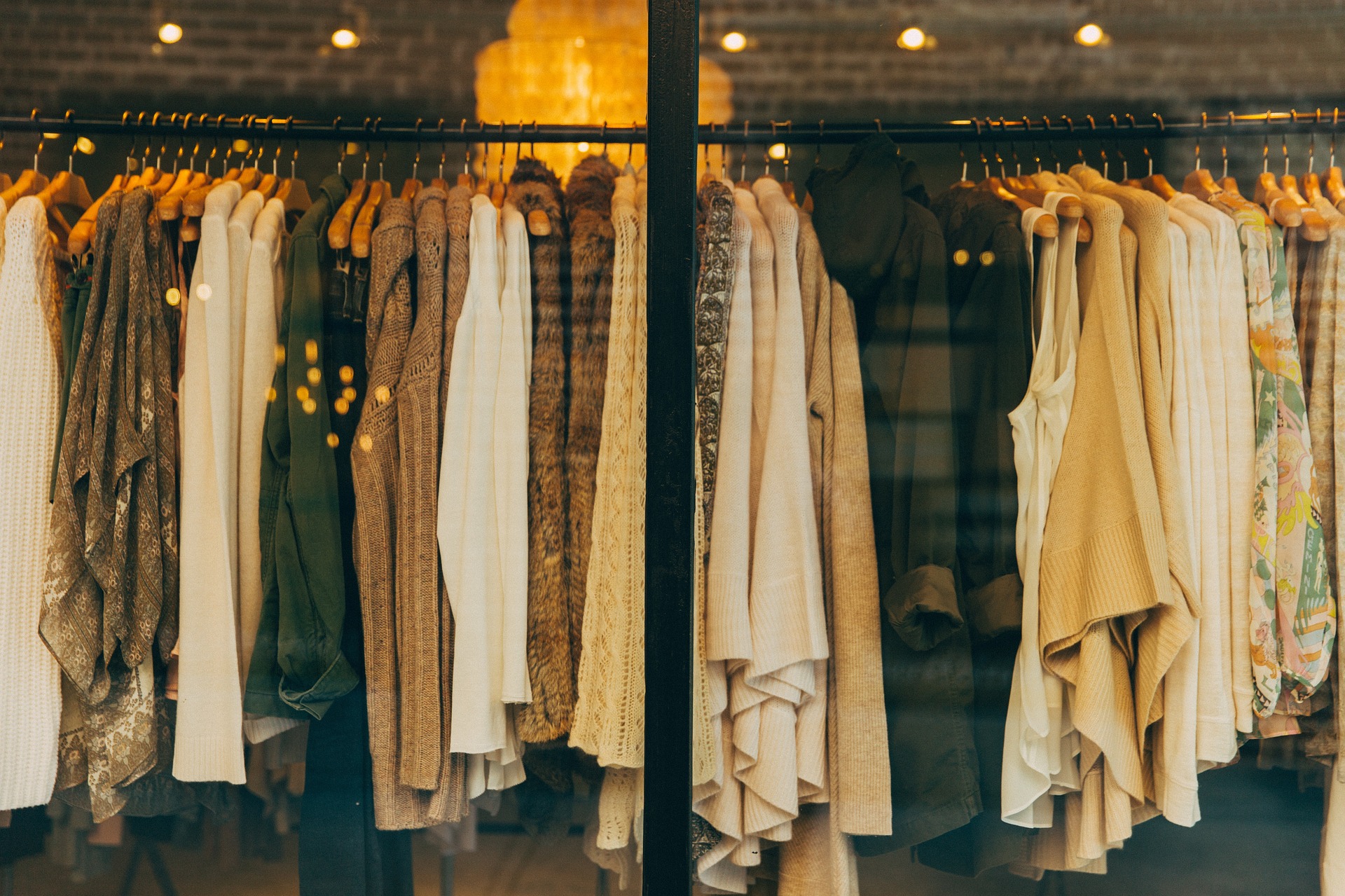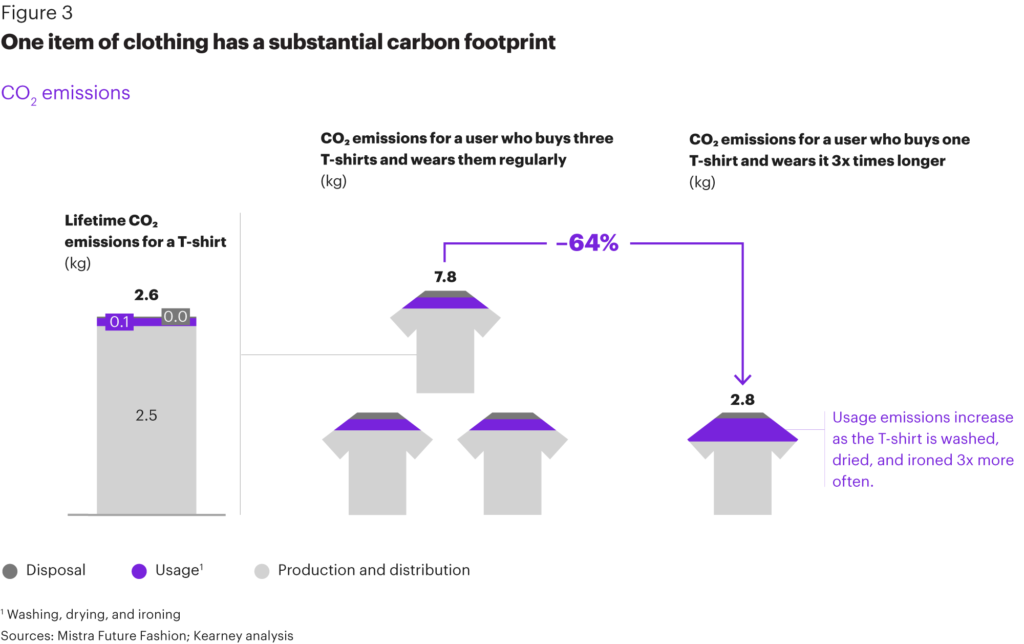Fashion industry and circular economy2 min read

Can circularity save the fashion industry?
This is what Kearney analyzes in its report published at the end of 2020, a difficult year for all the businesses, fashion industry included.
The Circular Fashion Index (CFI) ranks Europe’s 100 largest fashion brands on eight measures based on their efforts to extend the life span of their garments:
- Availability of repair or maintenance service
- Share of garments made of recycled fabrics
- Level of details and accessibility of care instructions
- Importance of circularity of brand communication
- Breadth pre-owned garment assortment (second-hand sale)
- Availability of worn clothes drop off for donating to charity
- Breadth of garment rental or leasing assortment (rental service)
- Availability of worn clothes drop off for recycling (reused returned clothes as raw material)
Dimensions 1-4 refer to the primary market (new products from sales to consumers). Dimensions 5-8 to the secondary market (second-hand market or recycling).
The study takes into account the potential impact of these circular strategies on the environment. CFI measures the fashion company’s circularity efforts.
One general insight. Despite these brands claiming that they have moved to a more circular model and secured their sustainable future along the way, many fashion initiatives simply scratch the surface of real sustainability. In fact, according to the study the bottom 80 brands earned a score of less than 2.5 out of 10. And only 15% use recycled materials to a credible extent.
The Index reveals the 2020 top three companies in terms of circularity performance of the 100 largest fashion brands operating in Europe: Patagonia, The North Face, and Levi’s.

We all care about a plastic-free world or understand the importance of separate trash. And also our food habits now are more sustainable. But when it comes to our clothes it seems like we are not completely aware of how our fashion consumption is destroying the world.
One item has a substantial carbon footprint. Reducing the environmental impact is slowly becoming one of the priorities for many fashion executives.

Luckily consumer sentiment is shifting as people want to dress not only fashionably but also ethically and sustainably.
And the retail consumer shopping habit is eventually the driver that will generate the fortunes (or misfortunes) of the fashion brands in the coming years.
Source: Kearney , Report “Can circularity save the fashion industry”
Featured image by Free-Photos from Pixabay






